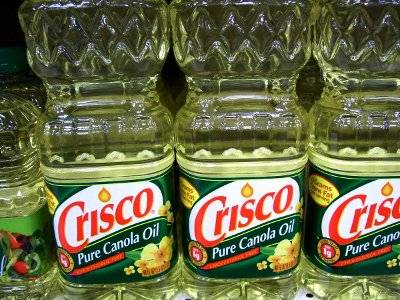| |
Last Modified: 08/13/10
First Published: 08/13/10
Views: 629 | | |
| Views: 629 |
|
| | If done right, fried food should be crisp, light and simply delicious. If not done as well, the food might feel heavy and greasy, and that's the result of a poor technique.

The biggest mistake when frying food is to not know the temperature correctly. The temperature of the oil is indeed very important and will translate into the difference between properly and improperly fried food. When frying food, your best friend will be an instant read thermometer. With an instant read thermometer, you take all the guesswork out of the equation and it will be easy to get it right. If you don't have a cooking thermometer on hand, then you could always drop a small amount of food into the oil and see if it bubbles vigorously, however this technique is not as useful for seeing whether the oil maintains the right temperature after the initial bubble up.
So how do you succeed in frying food well? Here are a couple of tips which will make it much easier to succeed:
- Read the instructions of your recipe carefully and make sure you get the temperature of the oil right.
- Use an oil with high smoke point. Olive oil is not a good choice here, however it's so expensive it would be a bad idea to use anyway. Instead, use vegetable oil, corn oil or peanut oil which won't burn as quickly and leave the food with a bitter flavor.
- Pat your food dry completely before frying. Water on the food is a problem.
- If you're not frying in two temperatures (the first time in a low temperature to cook through evenly and then in a higher temperature to crisp up), then make sure to cut the food up in small enough pieces so it will cook through before burning.
- If you deep fry, make sure to stir and turn the pieces throughout the cooking process.
- Once you're done frying, let the oil cool. Unless it was heated to over 400 degrees F, you can strain and reuse it a couple of time. Make sure to store the strained oil in the fridge until next time.
| |
|
|

